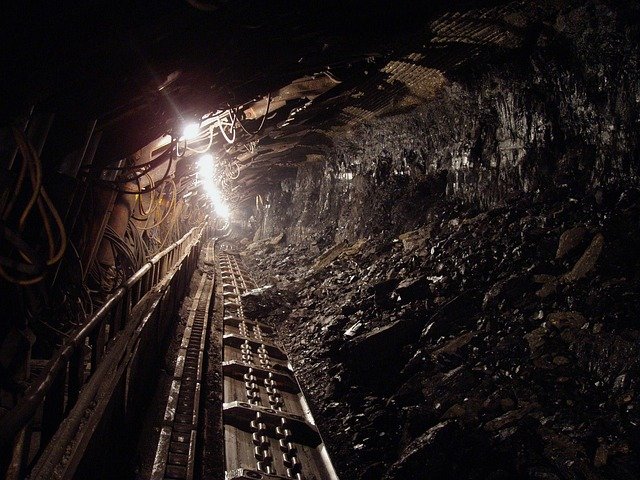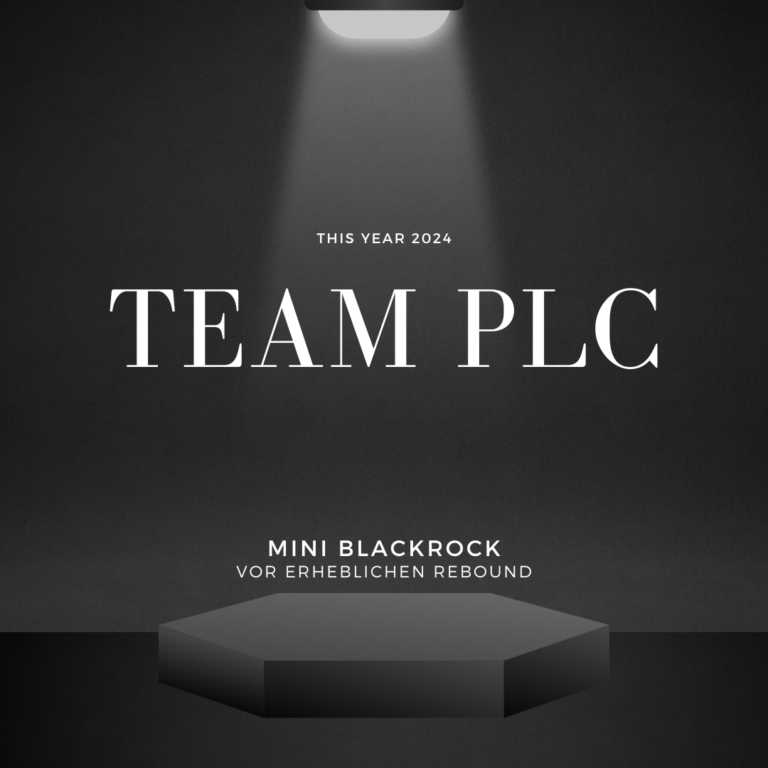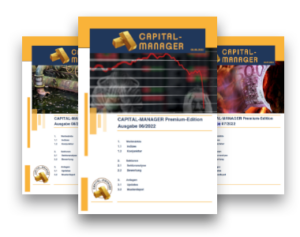There are many well-known and lesser-known companies operating in the mining industry. While the large and established mining companies have usually been active on the market for a long time, new companies are constantly joining the scene, which, as so-called junior miners, nevertheless have great significance in the mining industry and are also quite interesting for investors.
What is a Junior Miner?
Companies that specialize in the exploration and discovery of metals are commonly referred to as junior miners. These companies are mostly still young companies that have not been active on the market for too long. Therefore, junior miners do not yet operate their own ore mining operations, so they cannot yet generate revenues and profits from their ongoing operations.
Primarily, junior miners focus on exploration and reconnaissance of trending metals. These currently include, for example, gold, silver, copper as well as cobalt, zinc, nickel, but also lithium or rare earth metals. Generally, these are preferably precious, base or technology metals, which are in high demand and at best trade at multi-year highs.
Junior Miner, Intermediate Miner and Senior Miner
Since a junior miner cannot yet generate revenue and profits from current operations, these companies rely on capital providers to cover their costs. In the mining industry, the average amount of capital required for this is between US$350 million and US$500 million.
If a junior miner operates mines to extract metals during the course of his business development, the amount of capital required to do so increases accordingly. Companies with a required capital of up to US$1 billion that already operate mines to extract metals are called intermediate miners.
Meanwhile, even larger mining companies that generate cash flow from the extraction and sale of metals are considered senior miners.
Four phases in the development of Junior Miner
The development of a junior mining company is generally divided into 4 phases. For example, a junior miner’s business usually consists mainly of exploring for raw materials for the first 4 to 5 years. At this stage, the necessary capital investment is made at a relatively low cost.
The second phase in the development of a junior miner usually lasts only a short period of time. This is the time with the greatest increase in value, because the existing potential of the company has already been proven.
Phase 3 of development is for the junior miner to advance exploration development. Therefore, investors may also experience a great deal of disillusionment at this stage if the junior miner is unable to advance its business to the point where the company ultimately arrives at stage 4, where the highest net present value is achieved.
Companies that reach Stage 4 are then often acquired by a larger mining company or receive further capital injections from institutional investors.








